Sporting Life: The joys of Fen skating, the great 19th century sport that you've probably never heard of
The near-forgotten sport of Fen skating was once a huge draw, with thousands of spectators and making celebrities of the fastest men on the ice.
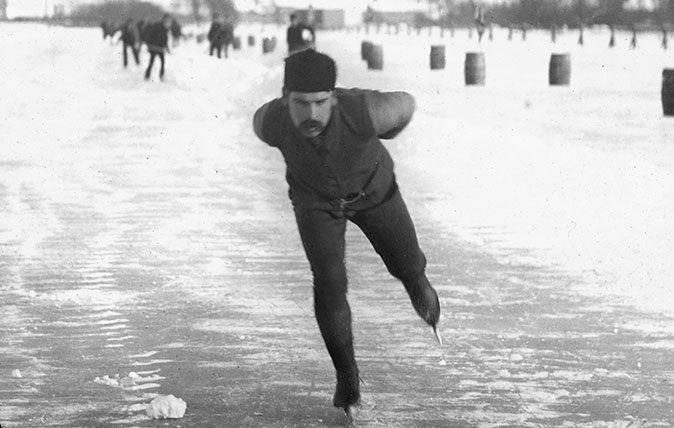
A few decades ago, I was tasked by my GCSE English teacher with reading The Go Between by L.P. Hartley.
I only remember two things about it. The first is that the author’s initials on the jacket of my copy had been defaced, becoming J. R. Hartley, in deference to the unforgettable Yellow Pages advert.
(N.B. For any millennials reading, the Yellow Pages was how we used to find shops, garages and plumbers before Google existed. Their TV ads were great – here’s a link to the one I’m talking about)
The other thing I remember about the book is its the opening line:
The past is like a foreign country; they do things differently there.
Truth be told, I got no further than that. Then again, nor does anyone else since the first line is the only thing that’s famous about Hartley’s novel.
That’s not faint praise, though, since it’s a humdinger – one of the finest in English literature – and I found myself thinking of it when looking at the images of ice skaters whizzing across the Fens in the 19th century. Just as hare coursing was once Britain's most popular sporting event, so Fen skating, now largely unknown to all but a few, was once a mass spectacle on a grand scale.
The images – part of a new exhibition at the Palace House in Newmarket, home of the National Heritage Centre for Horseracing and Sporting Art – show the sport at a time when it was a hugely popular pastime, attracting thousands of fans and making stars of the likes of Charles J. Tebbutt (pictured top), William ‘Turkey’ Smart (so called for his arm-flapping style) and Walter Housden.
Sign up for the Country Life Newsletter
Exquisite houses, the beauty of Nature, and how to get the most from your life, straight to your inbox.

There was big money at stake for those fastest around the 660-yard circuit: prize funds at a regular meeting were often around £10, equivalent to six months’ wages for an East Anglian farm labourer at the time.
The sport was imported to the area from the Netherlands, and the exhibition also includes images by the Flemish Old Masters portraying the people of 17th-century Flanders having fun and going about their business on the frozen waterways, including Cornelis Beelt’s Skaters on a Frozen River (1660), on loan from Colchester and Ipswich Museums.
Victorian paintings, such as Lees’s Skaters on Duddingston Loch by Moonlight (1857) and Skating on Linlithgow Loch (1858), complement the icy scene, together with 20th-century photographic portraits, antique skates and early Pathé film footage.
‘Skating’ runs until April 28, 2019 – see www.palacehousenewmarket.co.uk for details.
Toby Keel is Country Life's Digital Director, and has been running the website and social media channels since 2016. A former sports journalist, he writes about property, cars, lifestyle, travel, nature.
-
 A mini estate in Kent that's so lovely it once featured in Simon Schama's 'History of Britain'
A mini estate in Kent that's so lovely it once featured in Simon Schama's 'History of Britain'The Paper Mill estate is a picture-postcard in the Garden of England.
By Penny Churchill
-
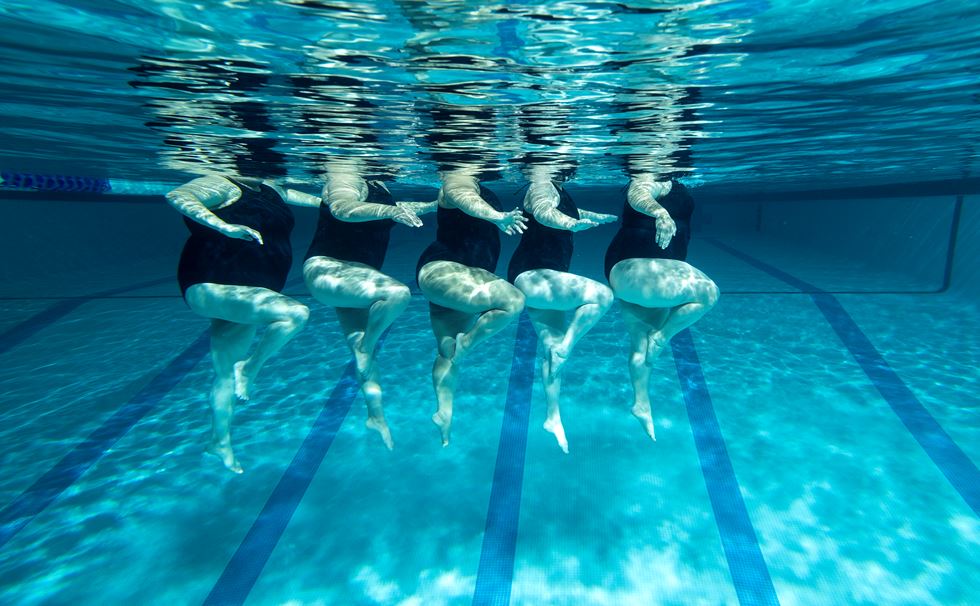 Splash! A Century of Swimming and Style: A whistle-stop history, from the Roman Baths to Hampstead Heath
Splash! A Century of Swimming and Style: A whistle-stop history, from the Roman Baths to Hampstead HeathEmma Hughes dives into swimming's hidden depths at the Design Museum's exhibit in London.
By Emma Hughes
-
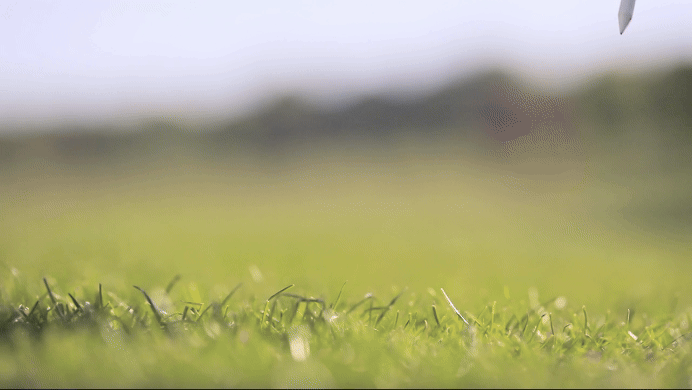 Curious Questions: Why do golf balls have dimples? And why are tennis balls furry?
Curious Questions: Why do golf balls have dimples? And why are tennis balls furry?As the weather picks up, millions of us start thinking about dusting off our golf clubs and tennis rackets. And as he did so, Martin Fone got thinking: why aren't the balls we use for tennis and golf perfectly smooth?
By Martin Fone
-
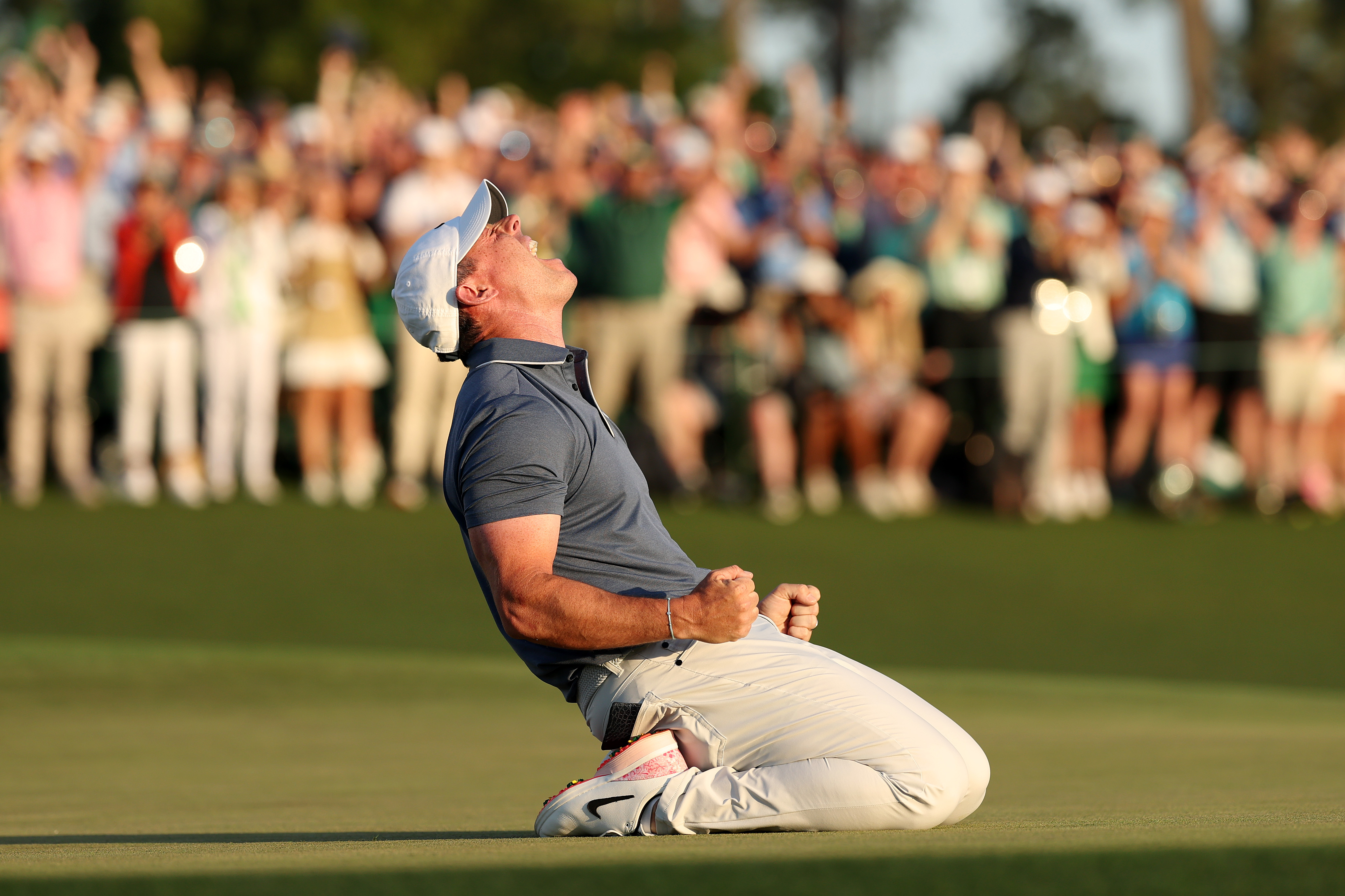 How Country Life launched the career of Alistair Mackenzie, the architect who created Augusta National's iconic golf course
How Country Life launched the career of Alistair Mackenzie, the architect who created Augusta National's iconic golf courseAlister Mackenzie winning golf hole design.
By Roderick Easdale
-
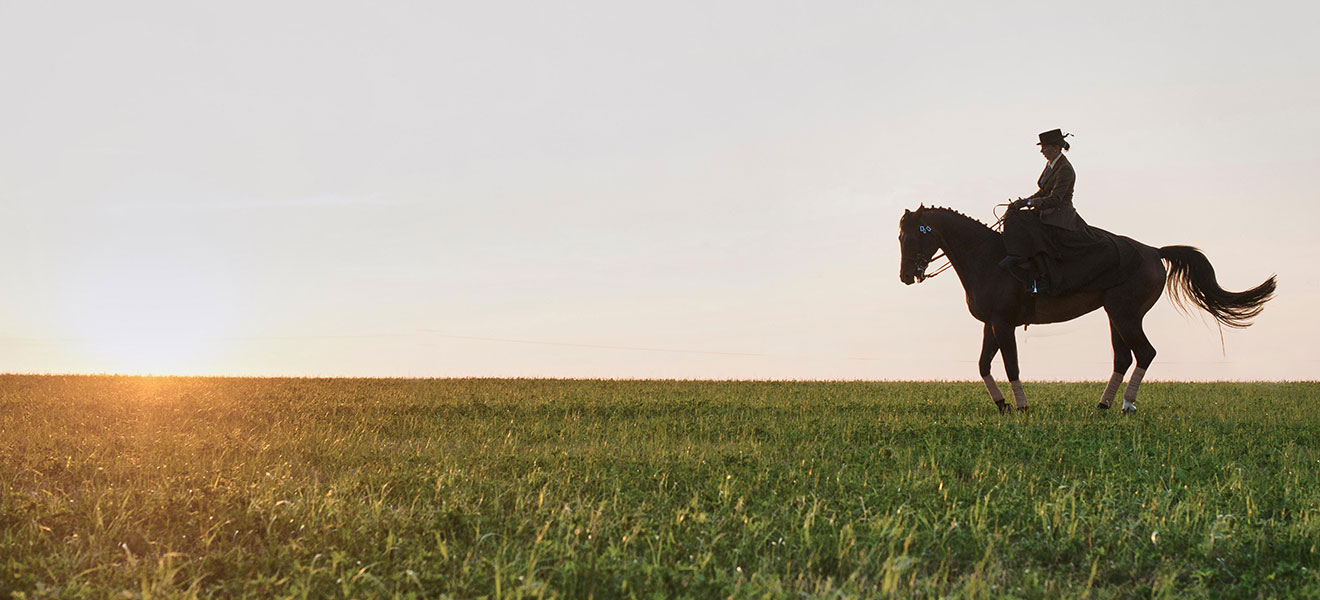 Dressage: How 'horse dancing' evolved from ancient, deadly beginnings to modern Olympic glory
Dressage: How 'horse dancing' evolved from ancient, deadly beginnings to modern Olympic gloryThere can be no short cuts to success in dressage. The Ancient Greeks’ sympathetic methods of training horses, which were all about survival in battle, should still hold good in today’s widespread embrace of the Olympic sport, as Pippa Cuckson explains.
By Concours of Elegance
-
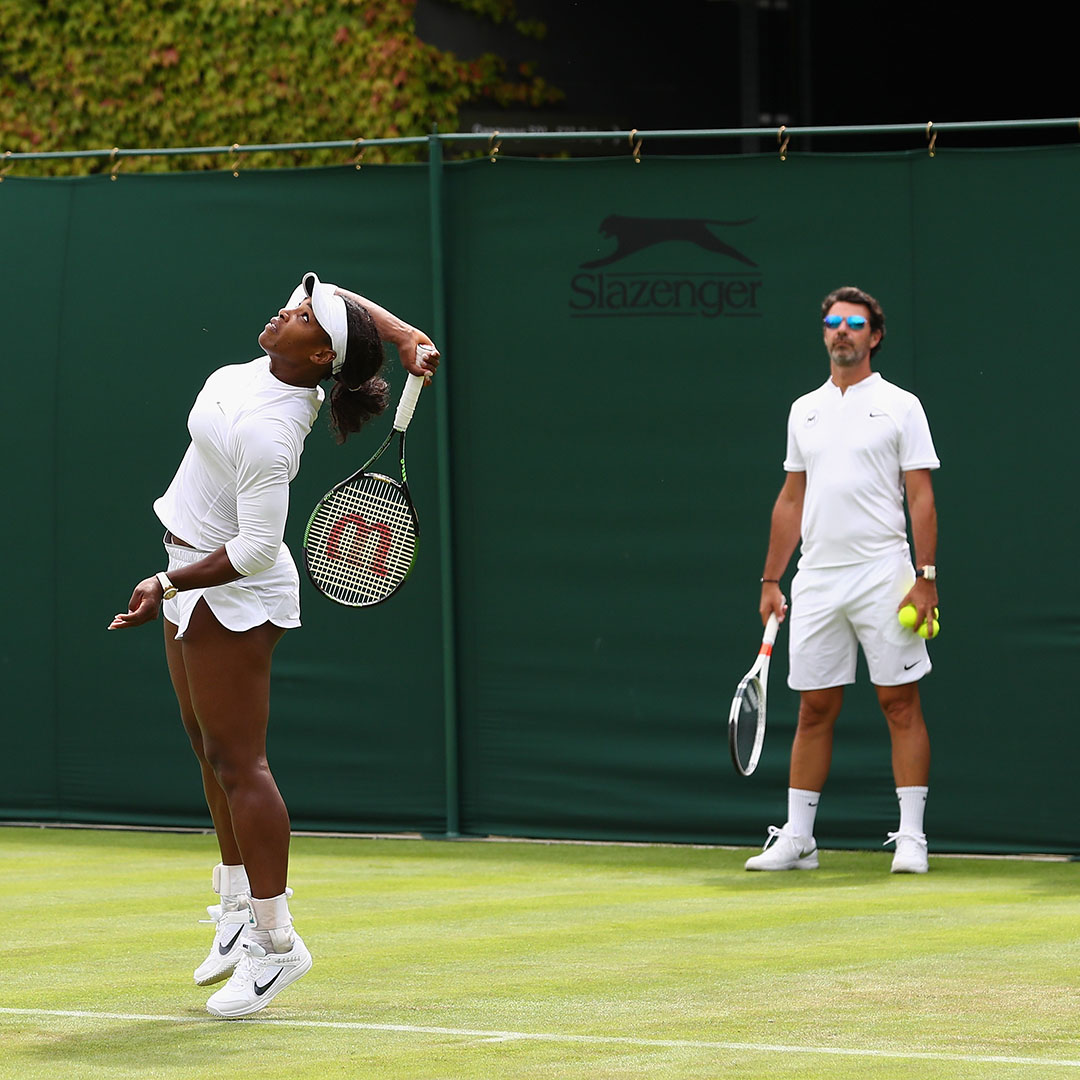 Inspired by Wimbledon? Expert tennis tips to help brush up a rusty game
Inspired by Wimbledon? Expert tennis tips to help brush up a rusty gameWith Wimbledon in full swing, it's the time of year when often-deserted tennis courts are suddenly teeming with players.
By Toby Keel
-
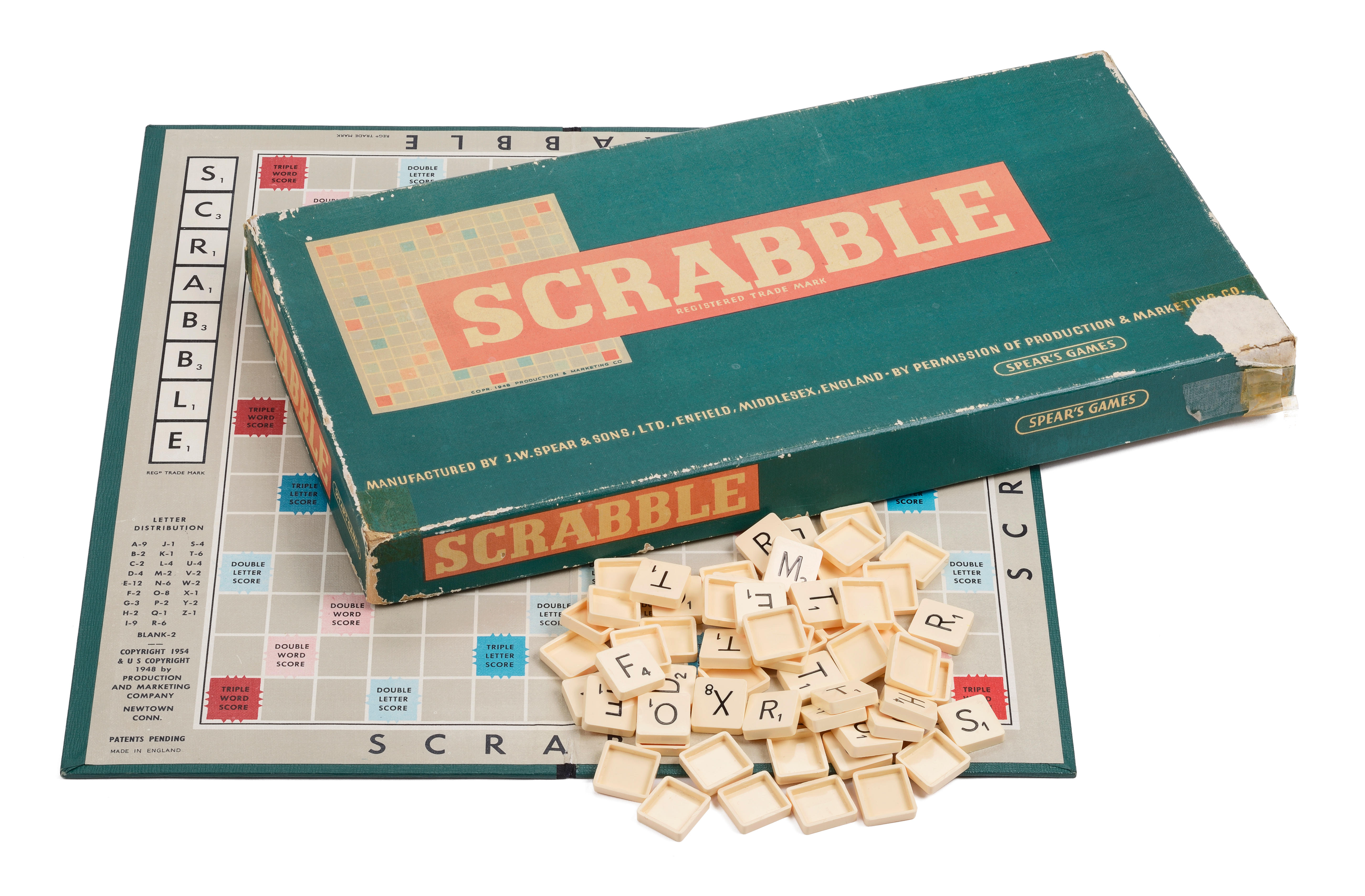 How to win at board games, from Monopoly and Cluedo to Scrabble and Snakes and Ladders
How to win at board games, from Monopoly and Cluedo to Scrabble and Snakes and LaddersAs millions of people around the country are set to have an enforced period at home, it'll be time to bring out the classic board games. But how can you make sure you beat the kids? Luck helps, but tactics are better as Matthew Dennison explains.
By Country Life
-
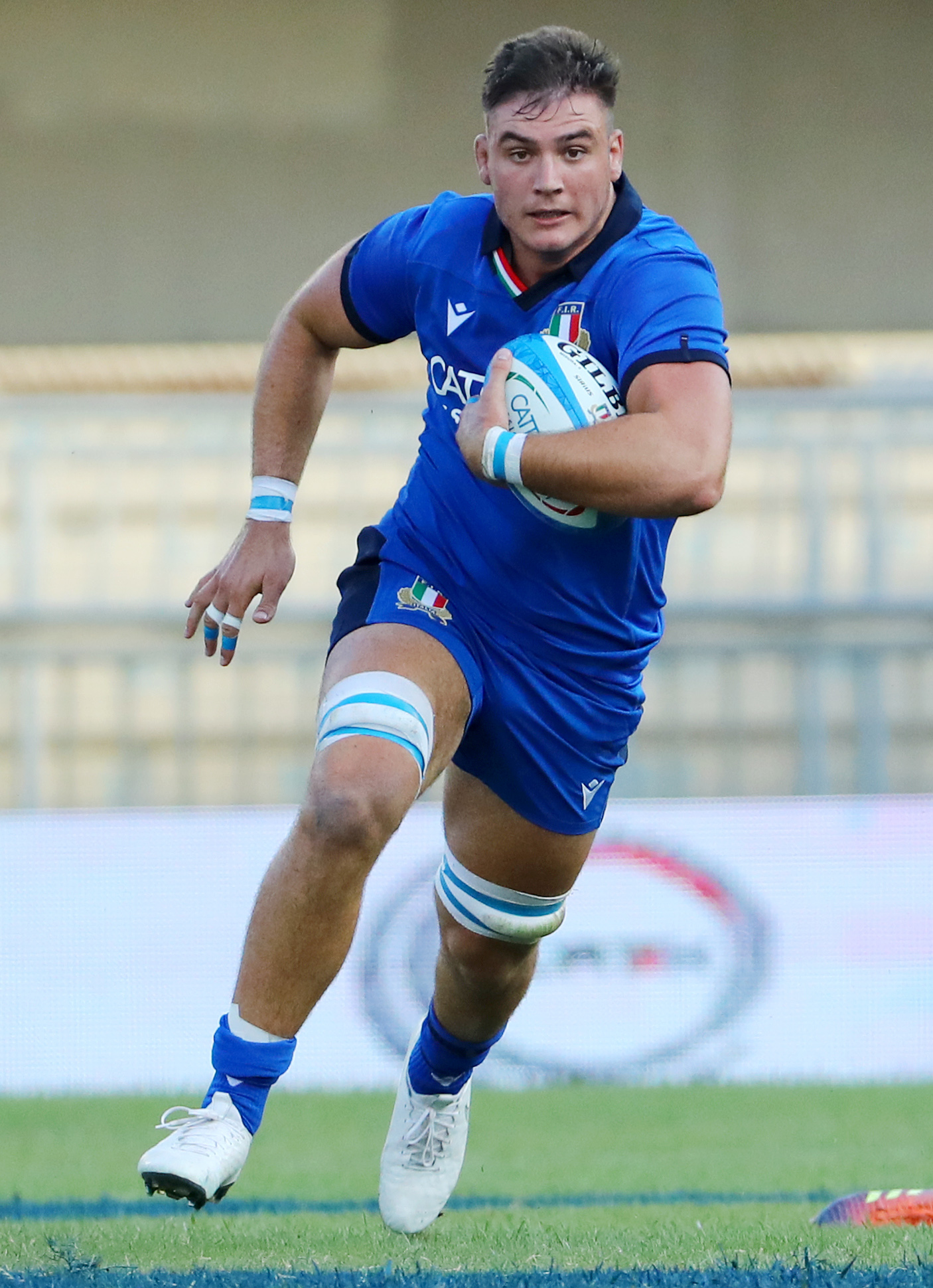 Six Nations 2020: England's chance to bounce back in style from World Cup disappointment — but they're very far from unstoppable
Six Nations 2020: England's chance to bounce back in style from World Cup disappointment — but they're very far from unstoppableEngland look set to absolve their World Cup disappointment by lifting the Six Nations crown, says Owain Jones, as he gives his team-by-team guide ahead of the contest that kicks off on Saturday.
By Toby Keel
-
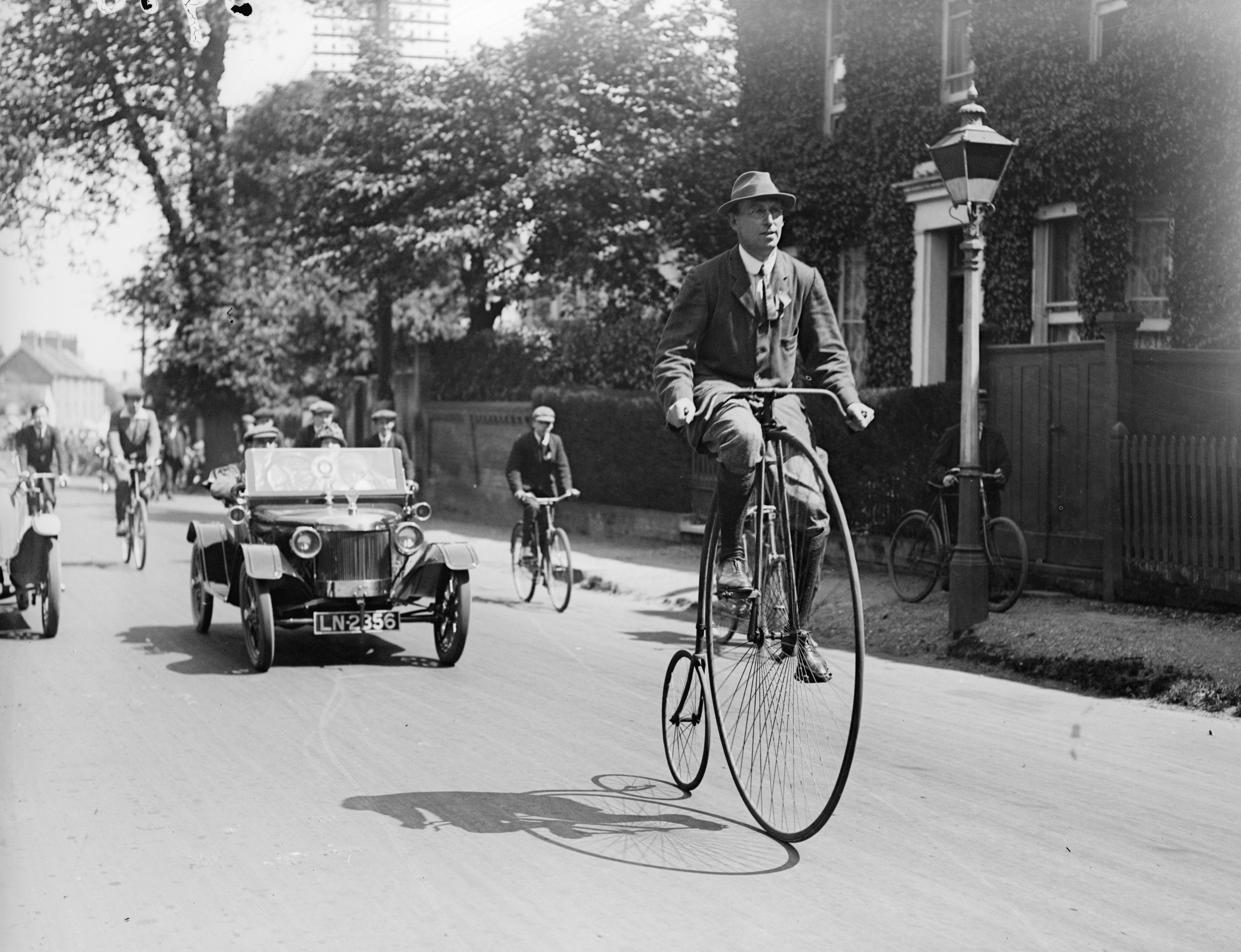 Why the Penny Farthing is once more a frequent sight on the streets of London
Why the Penny Farthing is once more a frequent sight on the streets of LondonThe dinosaur of the bicycle world is back in the spotlight with the help of the Penny Farthing Club and its intrepid members.
By Country Life
-
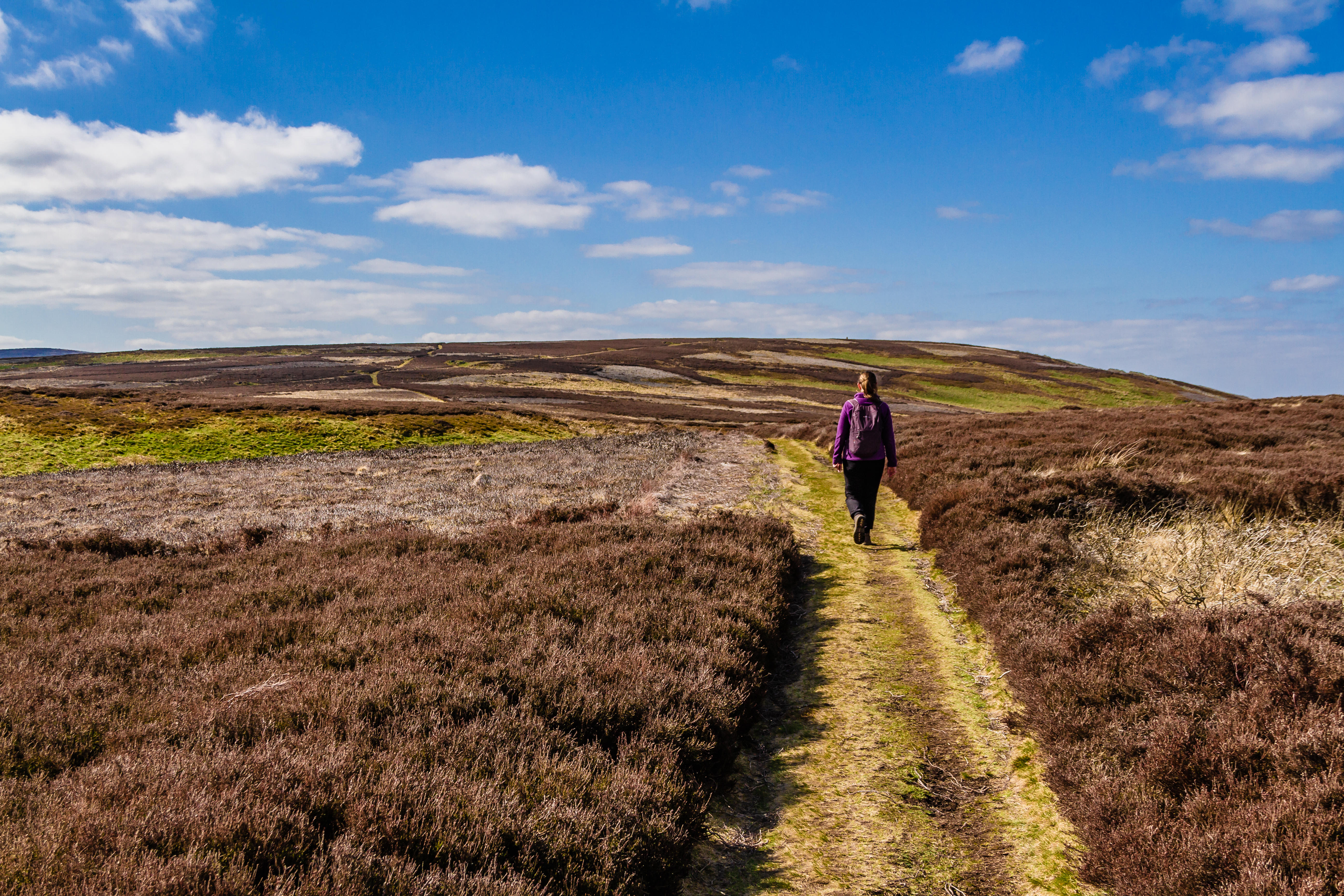 Walking St Cuthbert's Way in late summer: Heather in late-summer emperor’s purple, lit up by the last burst of warmth
Walking St Cuthbert's Way in late summer: Heather in late-summer emperor’s purple, lit up by the last burst of warmthThe Cheviots and St Cuthbert’s Way are the right setting for reflection and remembrance, as Fiona Reynolds finds on her latest walk.
By Fiona Reynolds
